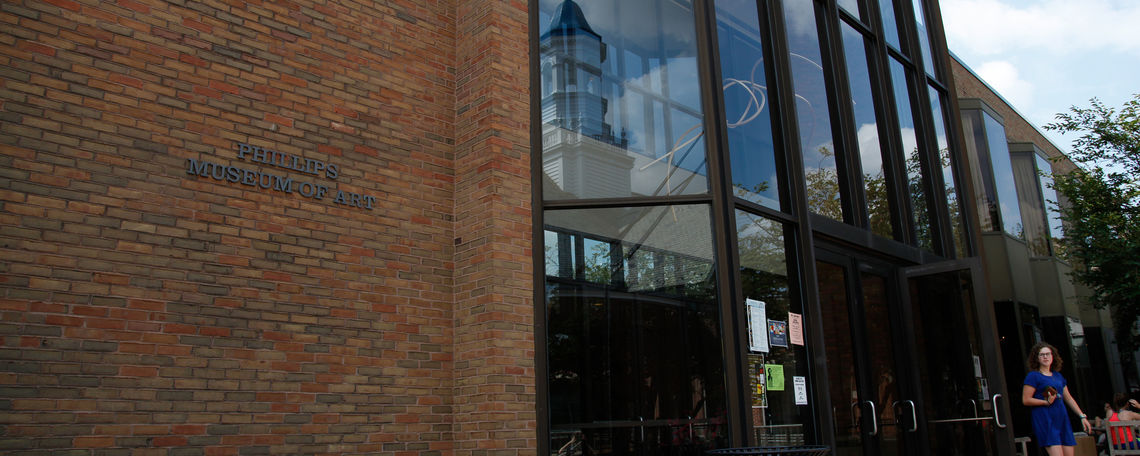By Zhifan Yang || Contributing Writer
This semester, some new paintings are exhibited at the Phillips Museum of Art. These new art pieces have different perspectives and express different emotions by the artists. By viewing this artwork and learning stories about these art pieces, students can have stronger inner connections with the artists.
“Where Hope Finds Home” is an exhibition of portraits by photographer and writer Kristin Rehder which depicts refugees in Lancaster. Working within documentary tradition, Kristin Rehder pursues concepts of community and place. She photographs in Lancaster, Pennsylvania, the Adirondack Mountains of New York, and Lopez Island, Washington. There are a large number of refugees in Lancaster, who were forced to flee to America due to persecution because of race, religion, nationality, political opinion, or membership in a particular social group. Rehder wanted to explore the life of refugees and finally finished her photography project in 2015. She photographed over 60 local refugees from 19 countries and also listened to their stories.
“In Where Hope Finds Home,” we not only see the life of refugees and understand more about the Lancaster community, but begin to grasp the concept Rehder wants to convey: the dignity of human being.
Luigi Rist’s woodblock paintings are also worthwhile to see. “I am so excited, it [is] amazing!” according to Kaiyuan Hao, an addict of Japanese ukiyo-e. Woodblock printing is used in the ukiyo-e artistic genre of single sheets. For centuries, China used woodblock painting to print books, and it was adopted by Japan later. Different from the West’s woodcut printmaking, Japanese woodblock painting uses water-based ink instead of oil-based ink, which provides Japanese woodblock paintings with their vivid colors, glazes, and transparency.
Luigi Rist was born in 1888 in New Jersey. In the early 1930s, Rist first saw Japanese woodblocks when he went to an exhibition in New York. He then spent years learning and developing his skill with woodblock painting. “This show examines the influence of Japanese woodblock printing on Rist’s process and his seemingly simple still-life subjects in this ancient form” according to Phillips Museum of Art website. Knowing Rist’s beliefs about woodblock printing it is exciting to learn how handcrafts are created, and that woodblock paintings are examples of one of the oldest printing methods known to man.
Seeing artwork can not only give us a sense of appreciation for the arts but also allow us learn concepts that we never thought about. It’s an asset to the student body that the Phillips Museum of Art is on our campus.
First-year Zhifan Yang is a contributing writer. Her email is zyang1@fandm.edu.
